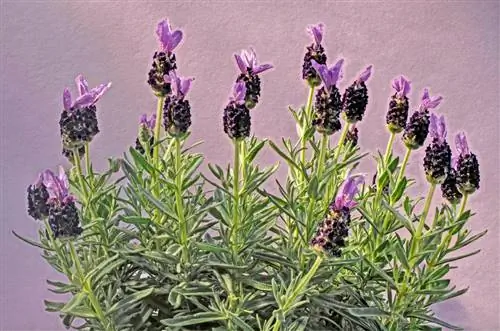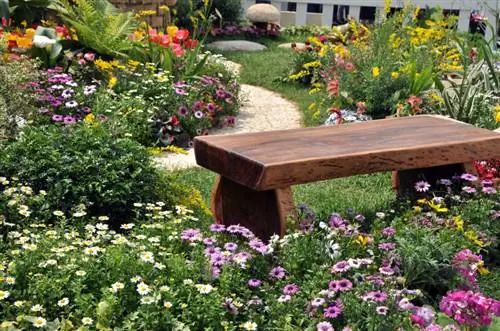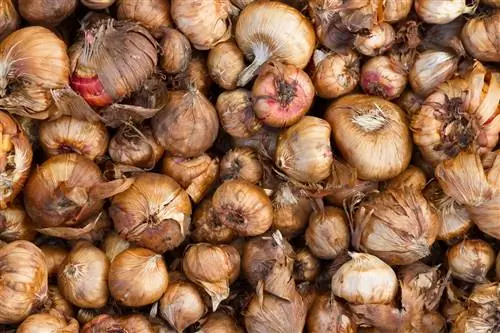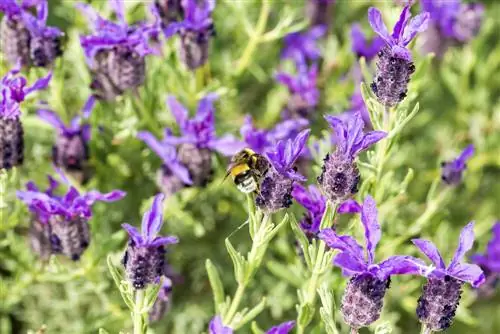- Author admin [email protected].
- Public 2023-12-16 16:46.
- Last modified 2025-01-23 11:20.
The lavender is actually a perennial plant that can live eight to ten years - sometimes even more - if well cared for.
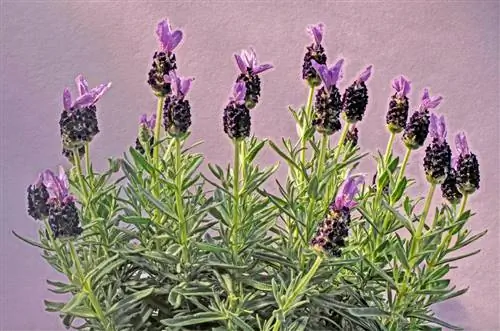
Is lavender perennial?
The lavender is a perennial plant that can live up to eight to ten years or more if cared for properly. For a long lifespan, you should pay attention to lime-free soil, sufficient protection during the winter months and appropriate watering conditions.
Properly care for perennial lavender
In order for the lavender to reach such an age, it must be cared for accordingly. Above all, this includes overwintering the plant properly. In contrast to true lavender - which comes from the rougher mountainous regions of the Mediterranean - this type of lavender is not hardy. In the short term, the lavender may survive temperatures just below freezing, but it cannot cope with permanent frosts and, above all, strong winds with precipitation. Therefore, it is best to overwinter the plant under cold house conditions, i.e. H. cool and bright, but frost-free and protected from adverse weather conditions.
Special feature: lime-free soil
Lavender actually loves alkaline, i.e. H. calcareous soil and should also be fertilized with a little lime from time to time. However, this advice does not apply to lavender - lime is fatal for it. Therefore, if possible, prefer a neutral, if not slightly acidic pH value for this wild beauty. Watering with tap water is also not recommended because it always contains more or less lime. It is better to use rainwater or, if necessary, use stale tap water (leave it standing for at least a week and do not use the last bit of water from the container for watering!).
Flower lavender sows itself
If the lavender feels comfortable, it will even sow itself after a few years. All you have to do is leave the withered stems on the plant - so don't cut them off in summer - and wait for spring. The mature seeds fall to the ground on their own and germinate, provided there has been a corresponding cold period. Schopflavender is a cool germinator, i.e. H. The seeds need between 0 to 5 °C to be stimulated to germinate. However, if you have to overwinter the plant indoors, you can also cut off the flower stems and simply leave them outside in the garden.
Tips & Tricks
Don't be surprised if your freshly planted lavender doesn't bloom yet - young plants are often quite slow to bloom and don't get going until late. See if the lavender has everything it needs and otherwise be patient.

